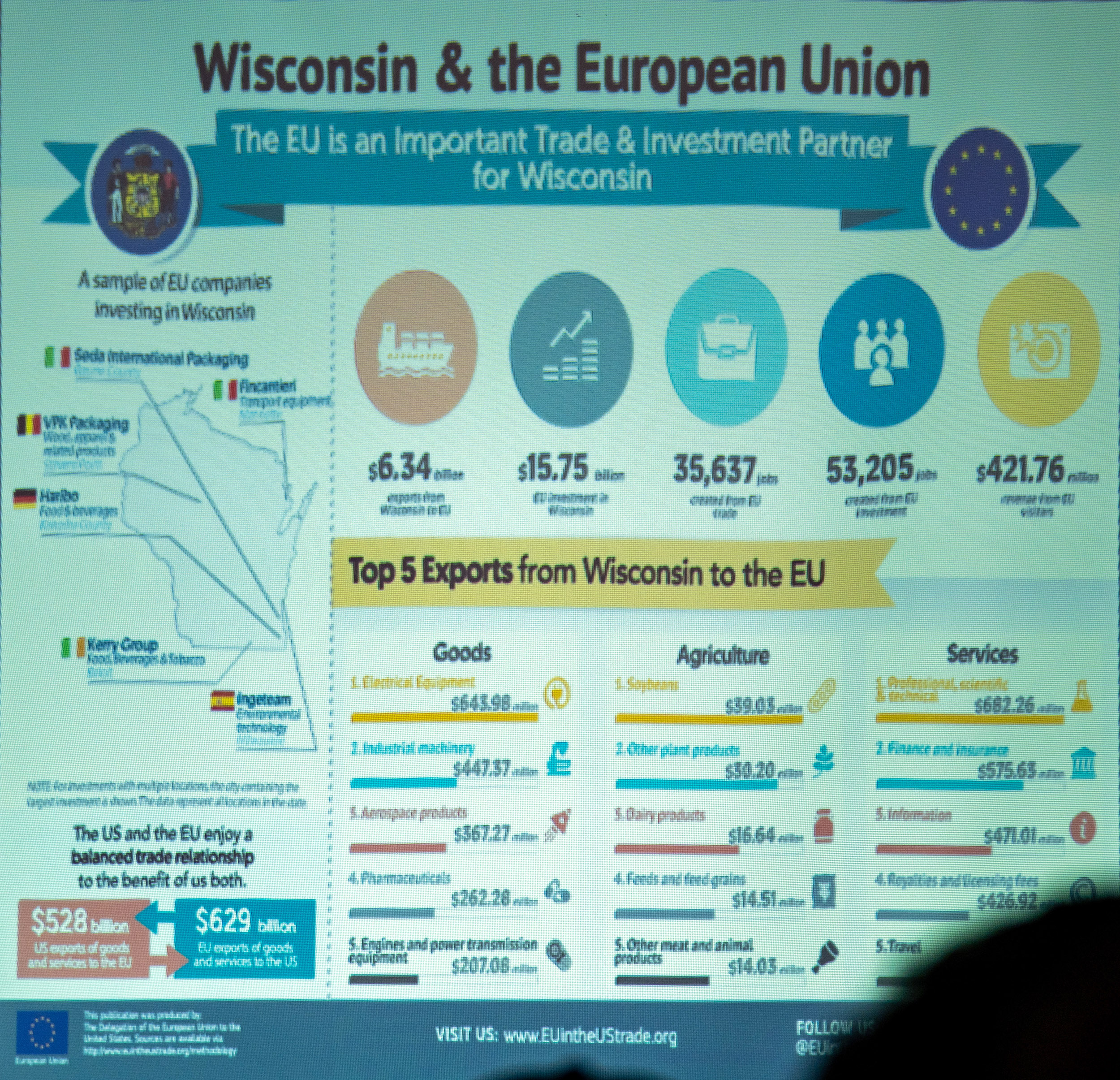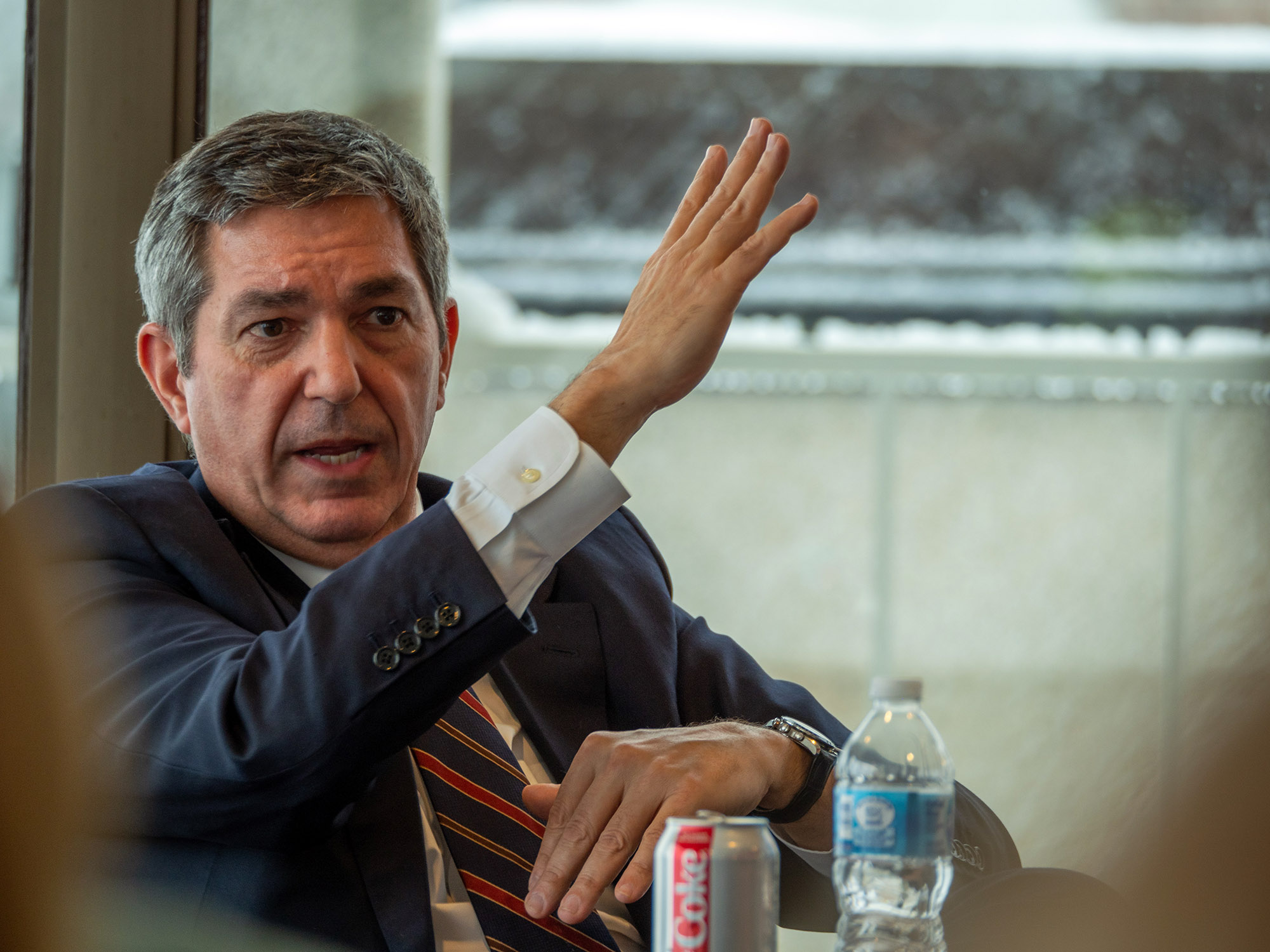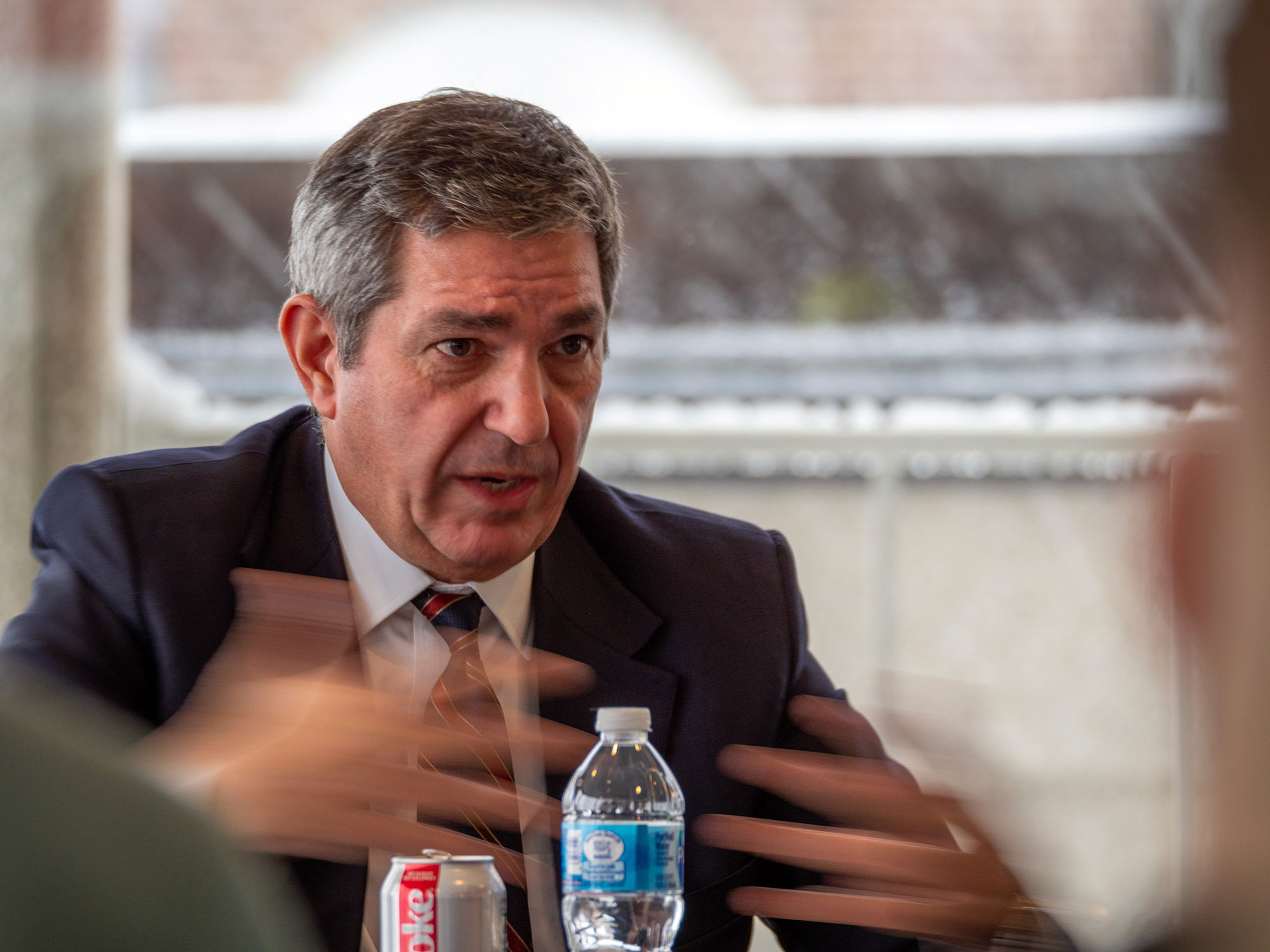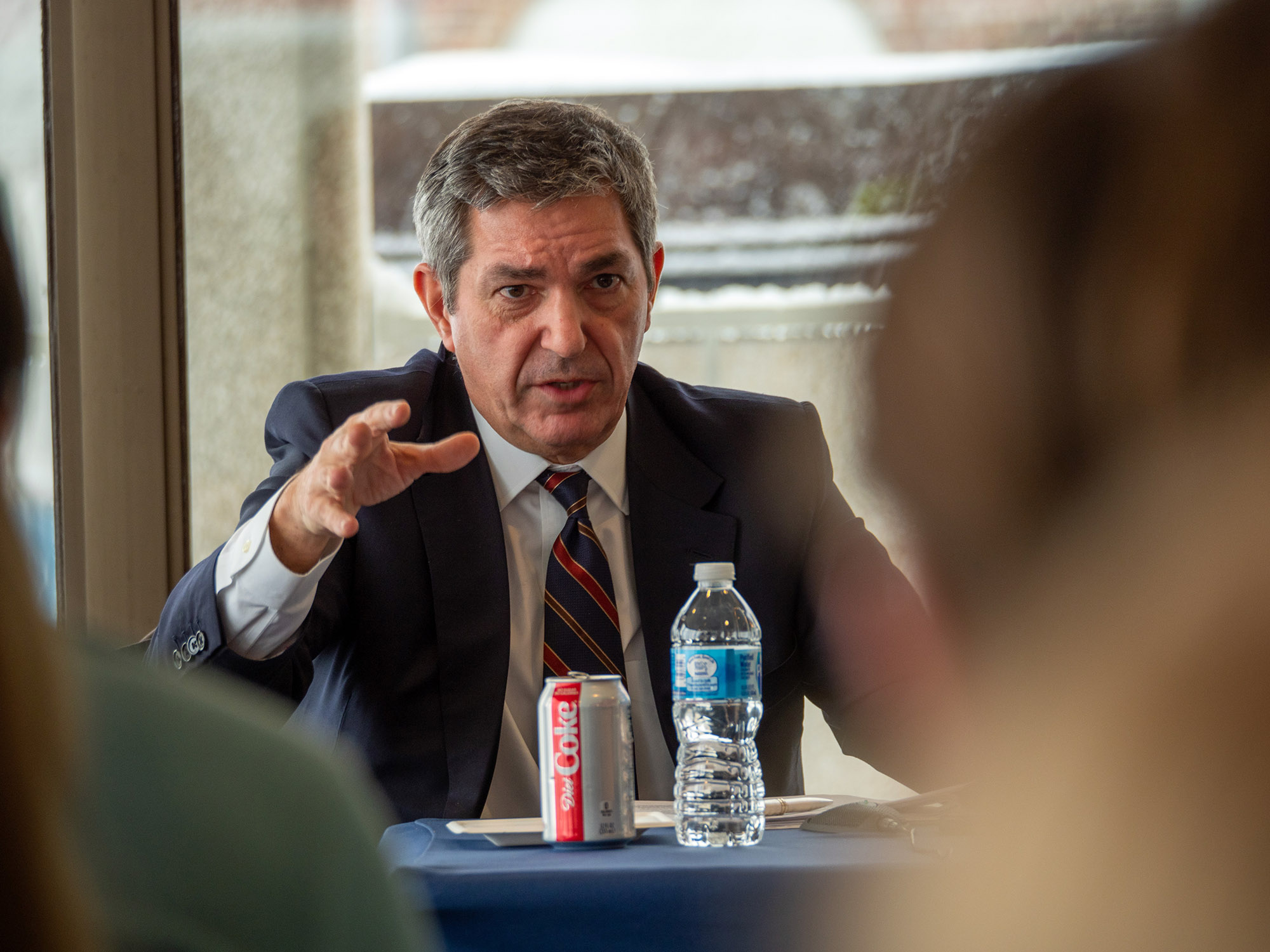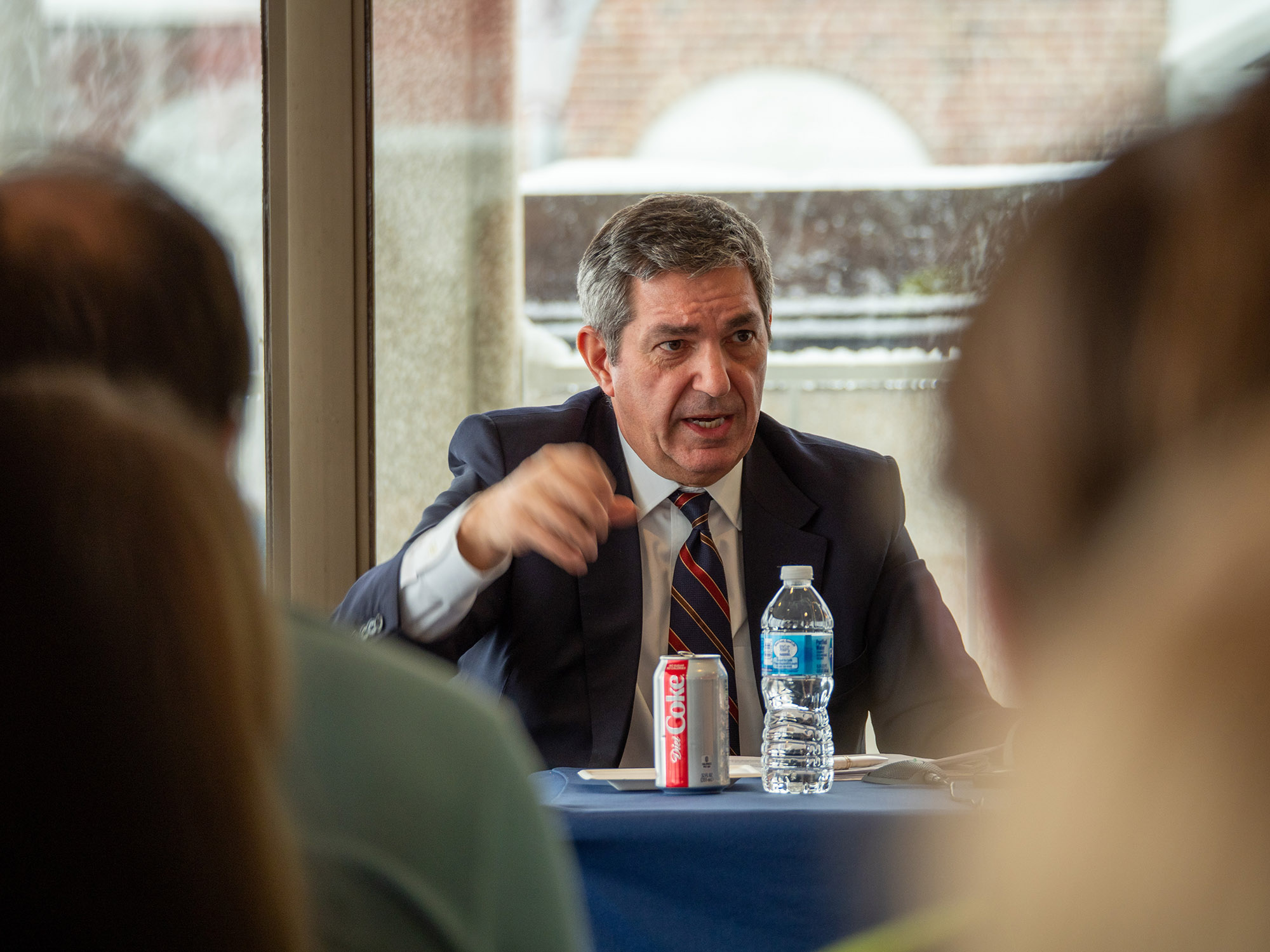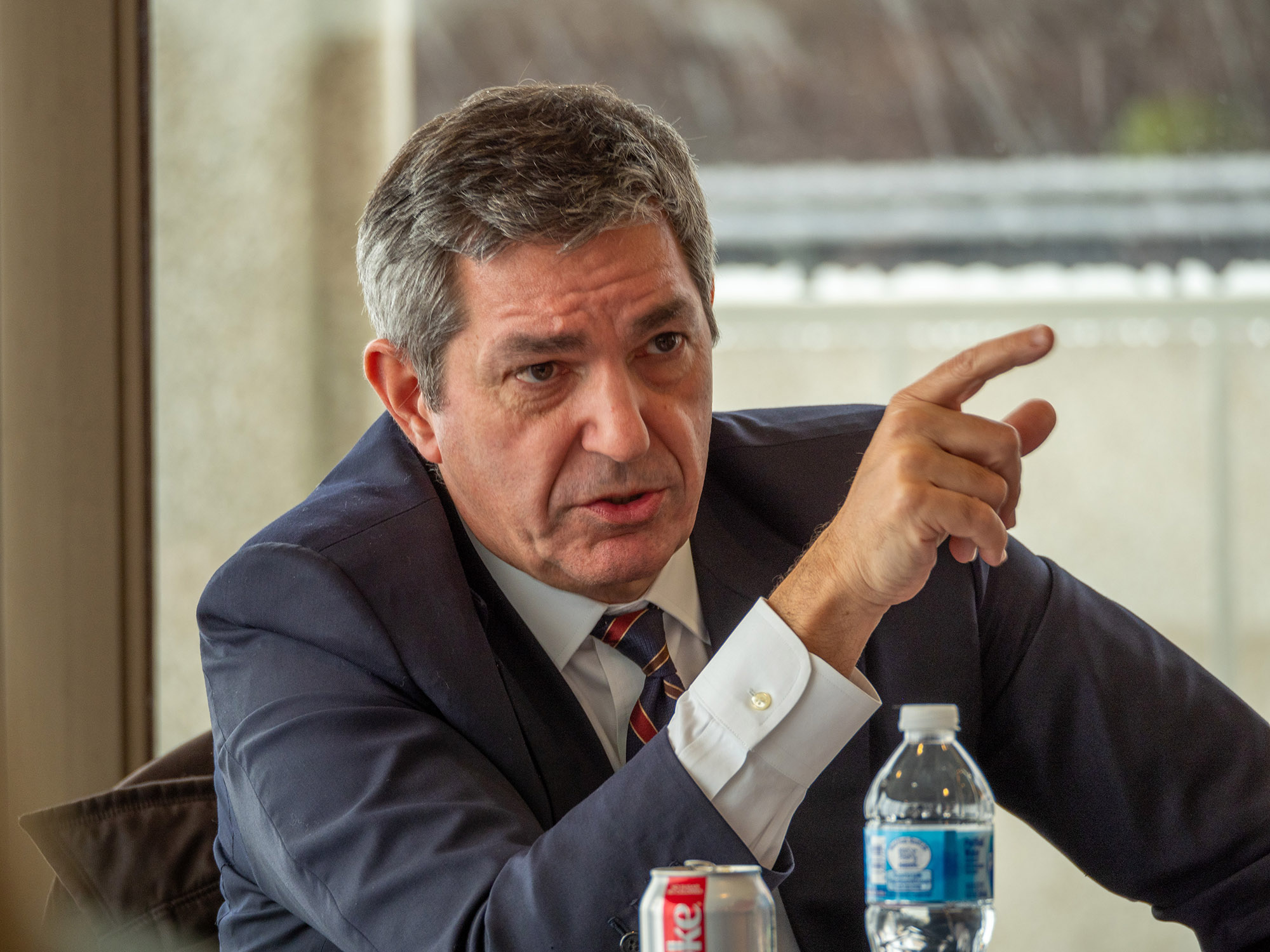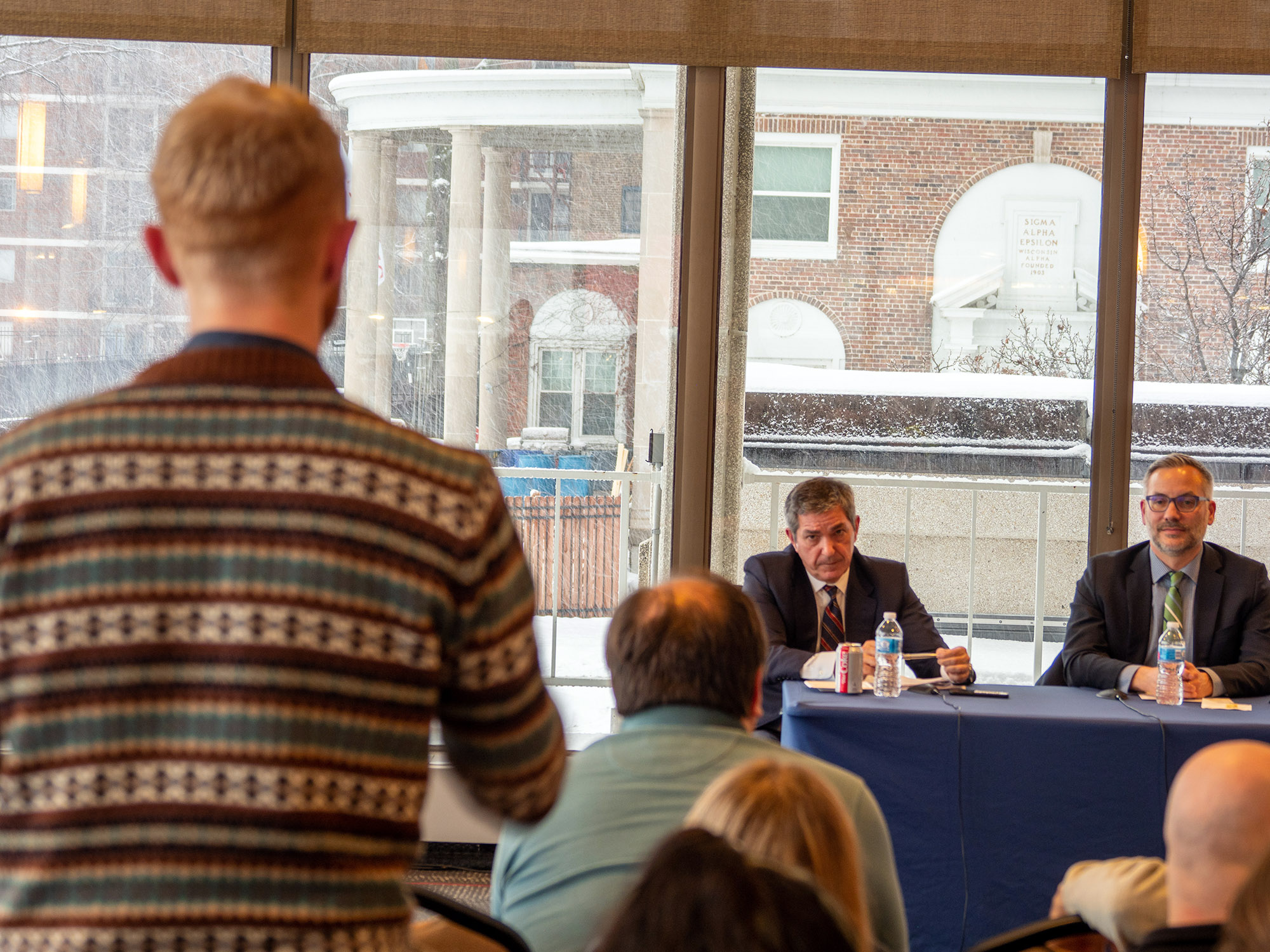“My parents, they were coming out of that generation of the ’60s and the civil rights movement and you voted,” she says. “Now people just don’t get it. They look at it like they have other things to do, like grocery shopping or sending the kids off to school. But elections don’t happen every day!”
Riggins-Furlow’s sense of a fickle, distracted citizenry touches on one of the biggest mysteries of United States electoral politics: Why nearly half of the nation’s eligible voters almost never exercise that fundamental right. The sheer size of the group—approximately 92 million eligible voters—makes it a potential wild card in the 2020 presidential election. That is if the political world understood what keeps them away from the polls, and, more importantly, what might lure them in the first place.
On Wednesday, the Knight Foundation released the results of “The 100 Million Project,” the largest survey of chronic nonvoters in history, and the most robust attempt ever to answer some of the questions that have long bedeviled political scientists. More than 13,000 people were polled across the country, with special emphasis on 10 battleground states, followed by in-depth focus-group conversations with thousands of them. They were asked about their political preferences, media diets, social networks, income levels, general life satisfaction, and about their demographic characteristics and social connectivity, their reasons for not voting, and their assessments of electoral and political institutions. The result is the most comprehensive survey of the politically disengaged to date, with lessons political consultants, candidates and civic educators won’t want to miss.
Notes and links on the 2020 Madison School Board election.
